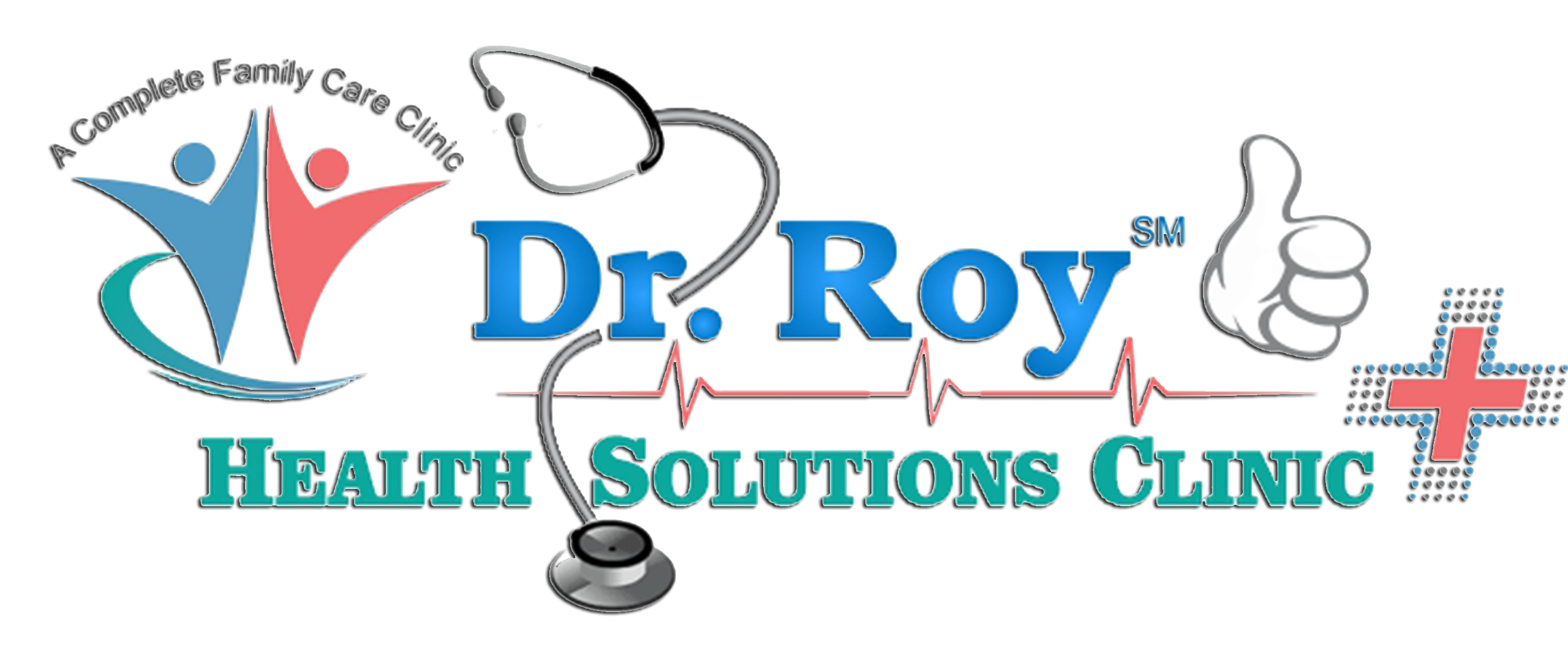Sinusitis is a painful, long-lasting inflammation of the sinuses. Sinuses are the hollow cavities around the cheek bones found around the eyes and behind the nose.
Symptoms of sinusitis include:
- Congestion
- Green or gray nasal discharge
- Postnasal drip
- Pressure in the face
- Headache
- Fever
- A cough that won’t go away
Sinusitis is common in the winter. It may last for months or years if it is not properly treated. Colds are the most common cause of acute sinusitis, but people with allergies are much more likely to develop sinusitis than people who do not have allergies.
Sinuses are empty cavities within your cheek bones, around your eyes and behind your nose. Their main job is to warm, moisten and filter air in your nasal cavity.
If your stuffy nose and cough last longer than one or two weeks, you may have more than a cold. Sinusitis (pronounced sine-you-SITE-iss) is a swelling of one or more of your nasal sinuses and nasal passages. It is often called a sinus infection.
You may experience pressure around your nose, eyes or forehead, a stuffy nose, thick, discolored nasal drainage, bad-tasting post-nasal drip, cough, head congestion, ear fullness or a headache. Symptoms may also include a toothache, tiredness and, occasionally, a fever.
By learning more about sinusitis, you will have a better understanding of your symptoms.
An allergist/immunologist, often referred to as an allergist, can make an accurate diagnosis and develop a treatment plan that works for you.
Types and Causes of Sinusitis
Acute sinusitis refers to sinusitis symptoms that last less than four weeks. Most acute sinusitis starts as a regular cold from the common cold viruses and then becomes a bacterial infection. Chronic sinusitis is when symptoms last three months or longer. The cause of chronic sinusitis is believed to be a combination of swelling and infection. Recurrent sinusitis occurs when three or more acute episodes happen in a year.
Allergies or “hay fever” put you at risk for developing sinusitis because allergies can cause swelling of the sinuses and nasal mucous linings. This swelling prevents the sinus cavities from draining, and increases your chances of developing secondary bacterial sinusitis.
If you test positive for allergies, your allergist can prescribe appropriate medications to control your allergies, possibly reducing your risk of developing an infection. In rare cases, immune problems that harm your ability to fight common infections may present with chronic or recurrent sinusitis.
Problems with the structure of your nose-such as narrow drainage passages, tumors or a shifted nasal septum (the bone and cartilage that separate the right from the left nostrils)-can also cause sinusitis. Surgery is sometimes needed to correct these problems. Many patients with recurring or chronic sinusitis have more than one factor that puts them at risk of infection. So, an accurate diagnosis is essential.
Diagnosis
To diagnose sinusitis, an allergist will take a detailed history and perform a physical examination. He or she may also order tests. These tests can include allergy testing, sinus CT scans (which take exact images of the sinus cavities) or a sample of your nasal secretions or lining.
Your physician may also perform an endoscopic examination. This involves inserting a narrow, flexible endoscope (a device with a light attached) into the nasal cavity through the nostrils after local anesthesia. This allows your physician to view the area where your sinuses drain into your nose in an easy, painless manner.
Treatment
Sinus infections generally require a mix of therapies. Your physician may prescribe a medication to reduce blockage or control allergies, which helps keep the sinus passages open. This medicine may be a decongestant, a mucus-thinning medicine or a steroid nasal spray. If bacterial sinusitis is present, your physician may prescribe an antibiotic. For people with allergies, long-term treatment to control and reduce allergic symptoms can also help in preventing sinusitis.
Several non-drug treatments can also be helpful. These include breathing in hot, moist air and washing the nasal cavities with salt water. If you need surgery to fix the structure of your nose, your allergist may refer you to an otorhinolaryngologist, or an ear-nose-throat physician (ENT).
Sinusitis Versus Rhinitis
Symptoms of sinusitis and rhinitis are very similar. Rhinitis is a swelling of the mucous membranes of the nose while sinusitis includes swelling of the sinuses in addition to the nasal passages. For this reason, sinusitis is often called rhinosinusitis.
Rhinitis may be allergic or non-allergic. Allergic rhinitis is caused by allergens in the air, which are usually harmless but can cause problems in allergic people. Symptoms of allergic rhinitis often are a runny nose, sneezing, nasal congestion and itchy eyes, nose, throat and ears. People with non-allergic rhinitis usually just have a stuffy nose. It may be caused by irritants such as smoke, changes in barometric pressure or temperature or overuse of over-the-counter decongestant nasal sprays.
Your allergist can perform simple tests to determine if your symptoms are from sinusitis or rhinitis. The American Academy of Allergy, Asthma & Immunology’s brochure on Rhinitis offers also more helpful advice on allergic and non-allergic rhinitis.
Healthy Tips
- Sinusitis is a swelling of the nose and sinuses.
- Acute sinusitis occurs when symptoms last less than four weeks.
- Chronic sinusitis occurs when symptoms last more than three months.
- People with allergies are at greater risk of getting sinus infections.
- Treatment for sinusitis is available. See an allergist for help managing your symptoms.


